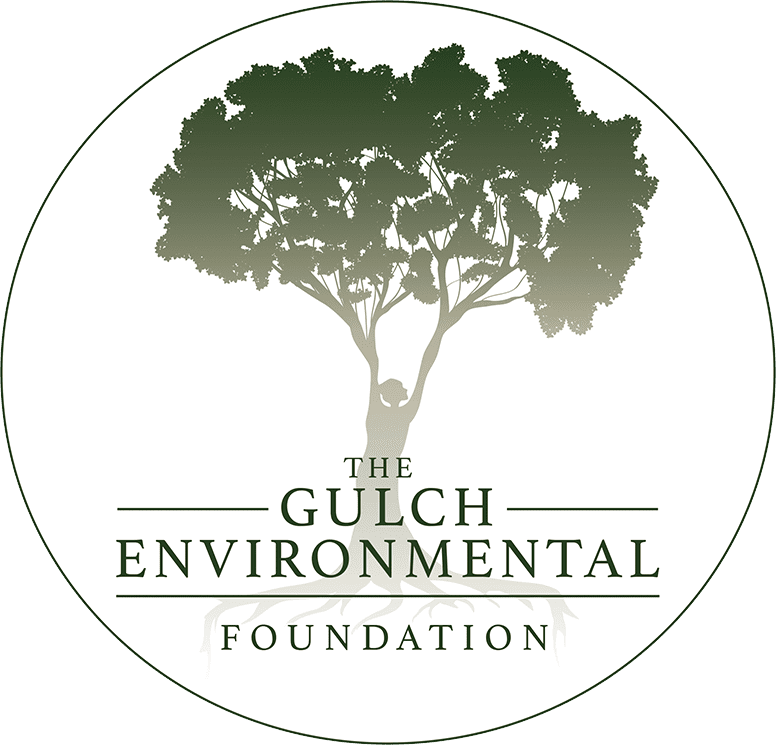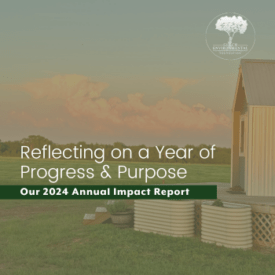2025 Q1 Impact Report
Letter from Founder and Team
The start of a new year always brings a mix of anticipation and momentum, and 2025 has been no exception. We’ve hit the ground running with exciting new projects and a renewed commitment to our work. As always, the land itself reminds us that growth takes time, effort, and a little patience—lessons we carry into every endeavor.
One of the biggest changes this quarter has been the addition of our new Chief of Staff, who joined us in January. Their leadership and experience have already brought fresh energy to the team, helping to streamline operations and set the stage for an impactful year ahead.
Meanwhile, the weather has been nothing short of unpredictable. A deep polar vortex swept through early in the year, testing the resilience of our livestock and our winter crops. In March, wildfires tore through parts of Oklahoma burning over 150,000 acres, devastating rural communities and reinforcing the urgency of sustainable land stewardship. Despite the extremes, the early signs of Spring’s persistence are emerging—wheat is pushing up through the soil, trees are beginning to bud, and the farm is alive with critters. Rabbits and moles have been making their presence known, a reminder that nature is always at work, whether we see it or not.
We’ve also been busy engaging with our broader community. We participated in The Scissortail Foundation’s Farming Symposium, exchanging ideas on sustainable agriculture with keynote speaker Forrest Pritchard, and the Tulsa Leads governance event, which sparked important conversations about leadership and long-term impact on the local level. These events continue to shape and inform our approach as we work in tandem with our neighbors to build a better future.
One of our most ambitious projects this year is the installation of a solar-powered irrigation system that will draw from our rain catchment tank. This initiative marks a major step toward greater sustainability, ensuring that we can harness natural resources efficiently while reducing reliance on external input. To support this work, we completed and submitted our application for the USDA REAP grant, a key funding opportunity that could help turn this vision into reality.
In the fields, we’ve been laying the groundwork—literally. In early February, we spread cattle manure across our land, enriching the soil and preparing for a strong growing season ahead. We also kicked off a unique project to rehabilitate and modify a 1930s truck into a mobile irrigator, blending old-world craftsmanship with modern ingenuity.

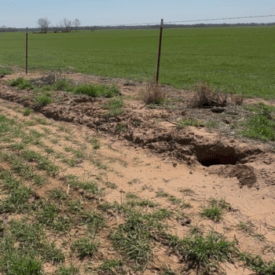

And, as we continue to build on past efforts, we’re proud to have completed and released our 2024 Annual Impact Report, a reflection of where we’ve been and where we’re headed. Every milestone is a testament to the collective effort of those who believe in this mission.
As winter gives way to spring, we’re reminded that every season—no matter how unpredictable—brings both challenges and opportunities. Thank you for being part of this journey with us. Whether through your support, your engagement, or simply following along, you are a crucial part of what makes this work possible.
Here’s to another season of growth!
Summary of Q1 Activities
Our donor funded activities are broken down into 7 main categories. The activities completed during this quarter of this year are outlined below.
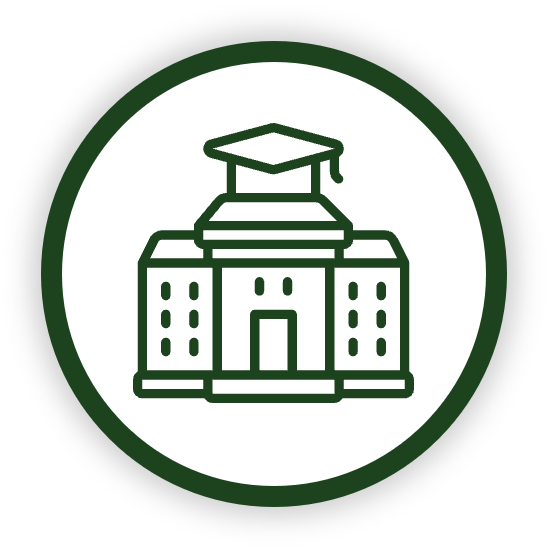
University Involvement:
- We’re currently exploring a partnership with OSU for their 2025 Field Trials while also developing a strategy to deepen our engagement with the academic community year-round.
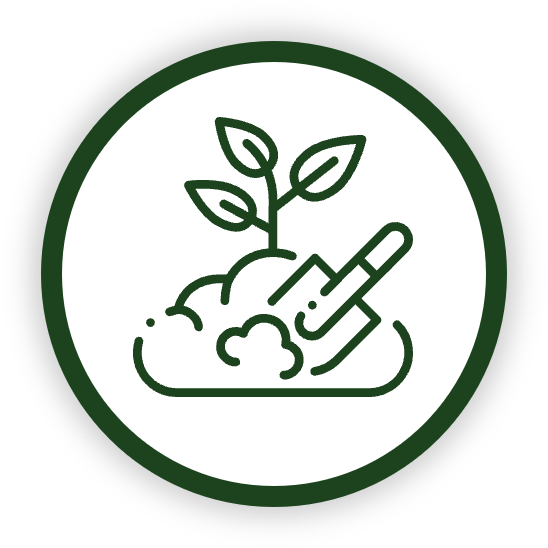
Diverse Planting
- Perennial: Our annual orchard inventory and fall-out report was completed in mid-March, replacing any trees that didn’t make it through the winter. As we prepare for the summer growing season, we’ll also be tightening supports and pruning suckers to encourage healthy growth.
- Annual: In Q4 of 2024, we planted 120 acres of winter wheat in our fields. It is currently in the “emergence” stage, with small green blades rising out of the ground and reaching an early milestone in the growth cycle. We are hopeful for a successful harvest in late Spring or early Summer. To complement the wheat crop, we also seeded turnips at a rate of approximately one pound per acre. The turnips will support soil health by improving structure, reducing compaction, and enhancing nutrient availability, contributing to the long-term sustainability of the land.
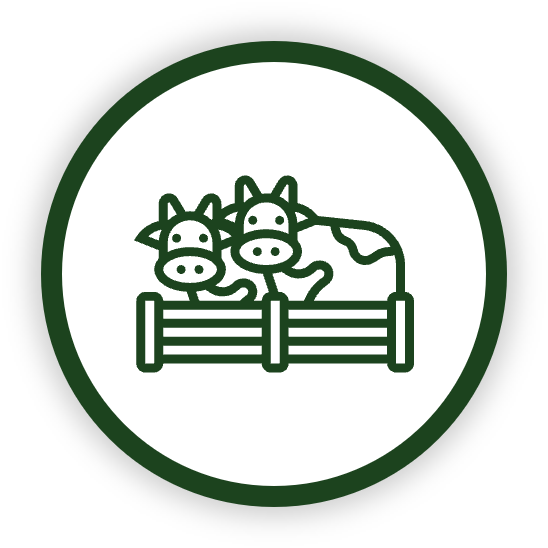
Livestock Incorporation
- Cattle: This quarter, we indirectly incorporated livestock by spreading 2.75 tons of composted cattle manure per acre from the neighboring Hostetler Ranch over the wheat field in early February.
- European Honeybees: Despite our beekeeper Zach’s best efforts to insulate the hives, the extreme conditions of the polar vortex proved too harsh for our bee colony to survive the winter. While this is a tough loss, we’re moving forward by and will develop a plan in Q2 to reintroduce more bees to Rainmaker Farm.
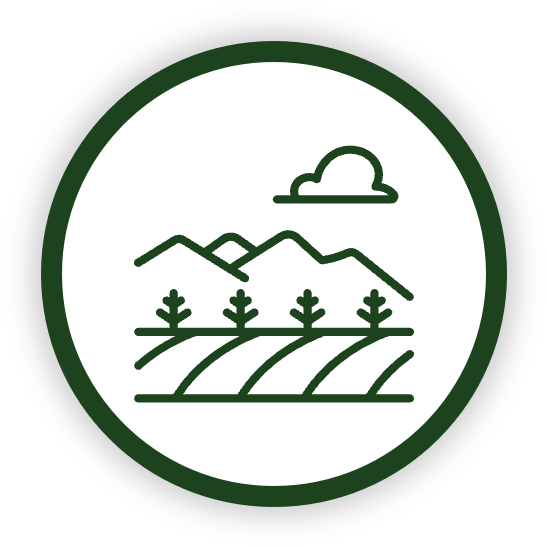
Cover Cropping
- Milo was planted in Q3 of 2024 in the Northeast field but failed due to drought and heat stress; the terminated crop was left in place to act as a natural weed barrier and a resource for foraging wildlife into the fall. Milo will likely be replanted and regrown this year as part of the previously mentioned OSU Field Trials.
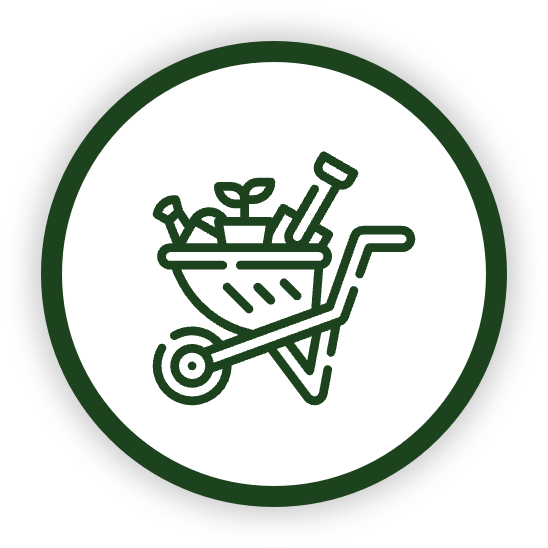
Farm Equipment & Supplies
In January, we held a company-wide vote to name the weather station we installed in July of 2024 and the winning name—Major Tom to Ground Control (or just Major Tom)—was chosen in honor of Thomas Luebke, our resident data expert and the mastermind behind its operation. Major Tom has already proven its worth! During the polar vortex, the state’s temperature reporting system froze and crashed, leaving broadcast meteorologists with blank weather screens. Major Tom, however, kept running; faithfully collecting and reporting data despite the extreme cold.
We’re making significant progress on installing solar panels to power our orchard irrigation system, which will be supplied by our rain catchment tank. At the same time, we’ve kicked off an exciting project to modify a vintage truck into a mobile irrigator, ensuring we can efficiently hydrate plants across the farthest reaches of the farm.
Meanwhile, we remain committed to getting the most out of our existing equipment, keeping it in excellent working condition.
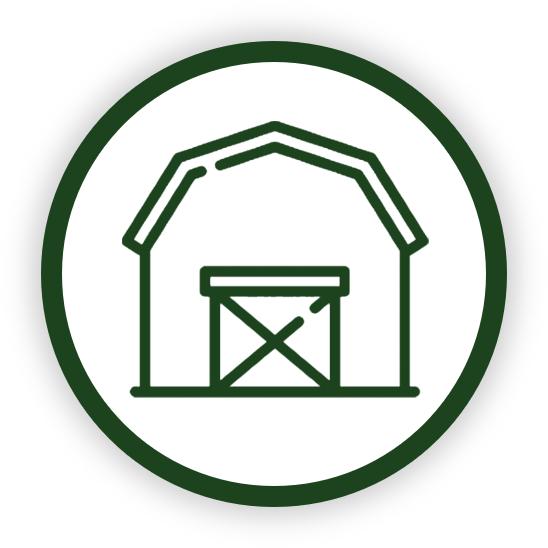
Infrastructure
- We will be conducting a border tree fall out survey in Q2 to determine replacements for 2026.

Rainmaker Farm
We’re keeping a close eye on our barn owl boxes and exploring a plan to bait them, hoping to attract even more owls to support natural pest management.
After some consideration, we’ve decided to pause our wildlife cameras and instead focus on establishing a stronger biological baseline through on-site wildlife surveys conducted by our farm team.
We’re also excited to announce the release of our 2024 Annual Impact Report, now available.
Targets and Goal Tracking
We are on track to meet our targets and goals for 2025…more specifics to come!
Next Steps
In Q2 2025 we anticipate the following:
-
- Completion and installation of perimeter fencing for the purpose of integrating small ruminants
- Submission of REAP grant application for solar-powered irrigation pump
- Finalized details for field trial partnership with OSU
- Submission of application to be USDA Organic and AGW Regenerative certified
Implementation of new wildlife indexing plan - Completion of greenhouse maintenance and repair
